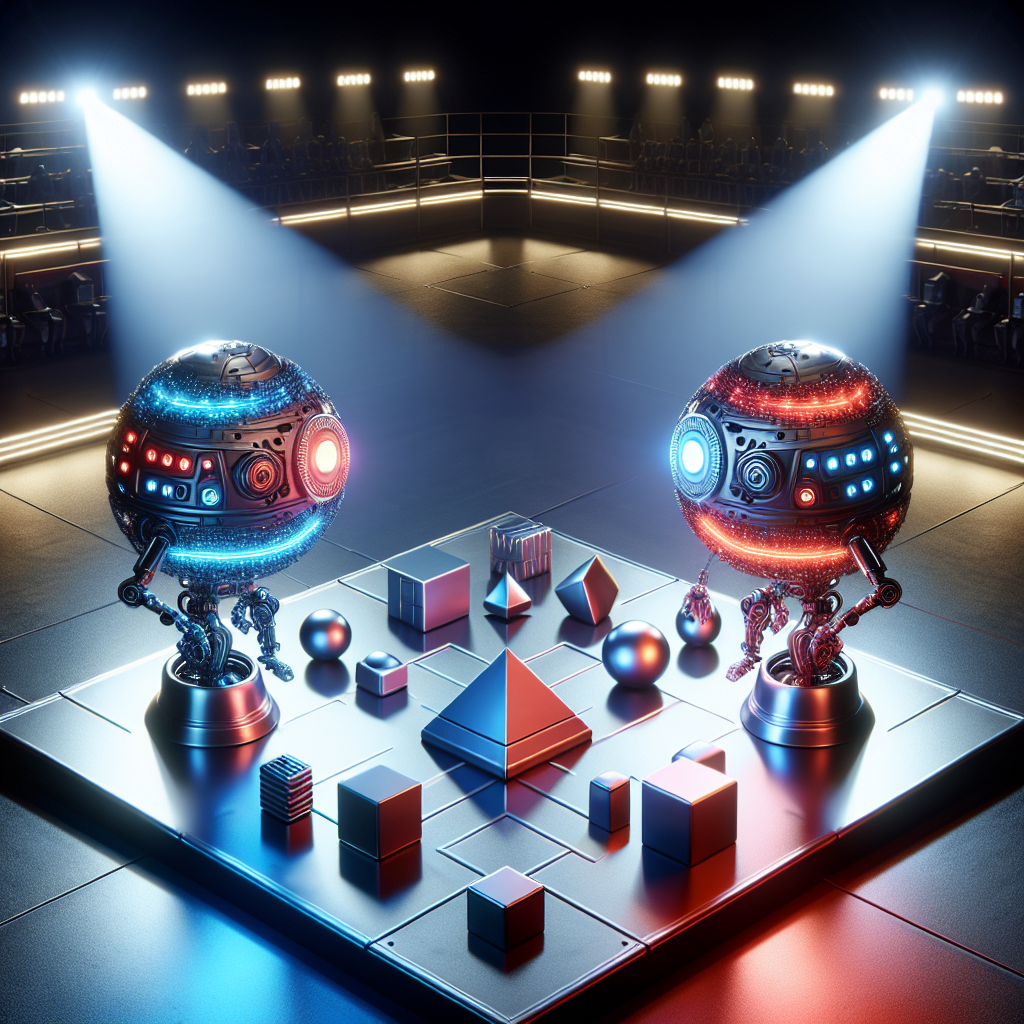Artificial Intelligence (AI) and Machine Learning (ML) are two cutting-edge technologies that have revolutionized the way we perceive and interact with the world. One of the key applications of these technologies is object detection, where computers are trained to identify and classify objects in images or videos. Both AI and ML have their strengths and weaknesses when it comes to object detection, but which technology is more effective? In this article, we will explore the differences between AI and ML in the context of object detection and discuss which technology is more suitable for this task.
Artificial Intelligence (AI) is a broad field that encompasses a wide range of technologies, including machine learning, natural language processing, and computer vision. AI systems are designed to mimic human intelligence and perform tasks that would typically require human intervention, such as recognizing images, understanding speech, and making decisions based on data. In the context of object detection, AI algorithms use a variety of techniques to identify and classify objects in images or videos, including deep learning, neural networks, and computer vision.
Machine Learning (ML) is a subset of AI that focuses on developing algorithms that can learn from data and make predictions or decisions without being explicitly programmed. ML algorithms are trained on a dataset of labeled examples, where each example consists of an image and the corresponding label (e.g., “cat”, “dog”, “car”). The algorithm learns to identify patterns in the data and make predictions based on these patterns. In the context of object detection, ML algorithms are trained on a dataset of images with labeled objects, and the algorithm learns to detect objects in new images based on the patterns it has learned from the training data.
When it comes to object detection, both AI and ML have their strengths and weaknesses. AI algorithms, such as deep learning neural networks, are highly effective at detecting and classifying objects in images or videos. These algorithms can learn complex patterns in the data and make accurate predictions based on these patterns. However, AI algorithms require a large amount of labeled training data to achieve high levels of accuracy, and they can be computationally expensive to train and deploy.
On the other hand, ML algorithms are more lightweight and can be trained on smaller datasets. ML algorithms are also more interpretable, meaning that it is easier to understand how the algorithm is making its predictions. However, ML algorithms may not be as effective at detecting complex objects or patterns in the data, as they rely on simpler models and techniques.
In general, AI algorithms are more effective at object detection than ML algorithms, especially when it comes to detecting complex objects or patterns in the data. AI algorithms, such as deep learning neural networks, can learn from large amounts of data and make accurate predictions based on these data. However, ML algorithms are more lightweight and interpretable, making them more suitable for tasks where simplicity and interpretability are important.
In conclusion, both AI and ML have their strengths and weaknesses when it comes to object detection. AI algorithms are more effective at detecting complex objects or patterns in the data, while ML algorithms are more lightweight and interpretable. Depending on the specific requirements of the task, either AI or ML may be more suitable for object detection.
FAQs:
Q: What is the difference between AI and ML?
A: AI is a broad field that encompasses a wide range of technologies, including machine learning, natural language processing, and computer vision. ML is a subset of AI that focuses on developing algorithms that can learn from data and make predictions or decisions without being explicitly programmed.
Q: How do AI algorithms learn to detect objects?
A: AI algorithms, such as deep learning neural networks, learn to detect objects by analyzing a large dataset of labeled images. The algorithm learns to identify patterns in the data and make predictions based on these patterns.
Q: What are the advantages of AI over ML in object detection?
A: AI algorithms are more effective at detecting complex objects or patterns in the data, as they can learn from large amounts of data and make accurate predictions based on these data.
Q: Can ML algorithms be used for object detection?
A: Yes, ML algorithms can be used for object detection, but they may not be as effective at detecting complex objects or patterns in the data as AI algorithms.
Q: Which technology is more suitable for object detection: AI or ML?
A: In general, AI algorithms are more suitable for object detection, especially when it comes to detecting complex objects or patterns in the data. However, ML algorithms may be more suitable for tasks where simplicity and interpretability are important.

